
One of the most enduring images people have of Japan is the riot of multicolored neon light that illuminates major city centers with a vibrant nighttime glow.
What


...at night turns into a veritable forest of glowing signage.





Where did it all begin? Neon lighting itself is less than a century old and Japan's first displays were opened in 1926 at Tokyo's Hibiya Park. Advertisers soon saw the possibilities inherent in night lighting with neon, and one in particular was determined to make a name for themselves in neon.
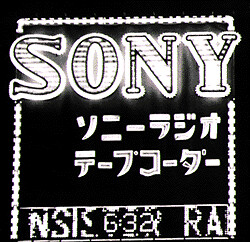
In December 1957, switches were thrown and a giant
Instead, neon lighting caught on in Japan as the 1960s swung into gear. Tokyo Ginza at night in 1965:

Today, publishers often choose Japan's urban neon lightscapes to illustrate articles on Japan's two major metropoli, Tokyo and
Modern illumination on Ginza:

The heart of Tokyo is the famed Ginza, renowned for having some of the world's most expensive stores. Devastated by bombing in World War II, the Ginza has made a remarkable comeback - celebrated nightly in neon.
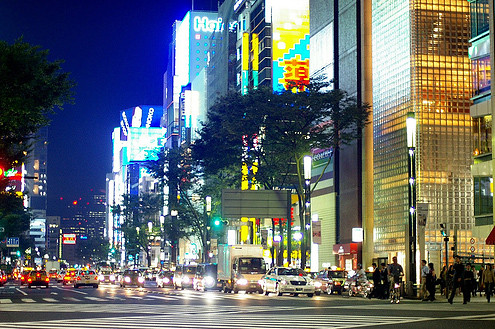
Soft pastel shades mix with eye-catching primary colors, highlighted here and there with complementary incandescent lighting that plays up the contours of the district's historic architecture.
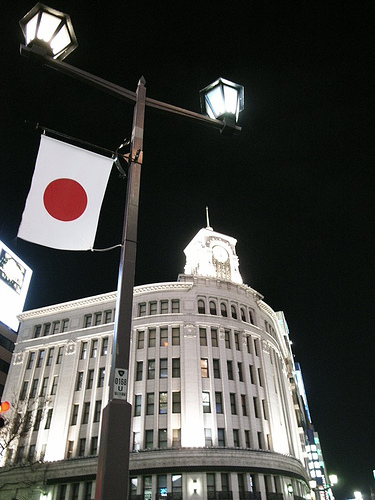
Even Japan's far northern island of Hokkaido has embraced the unique ambiance of neon. Sapporo's entertainment district of Susukino features a scenic neon canyon of kaleidoscopic color that rates right up there with the heavy hitters
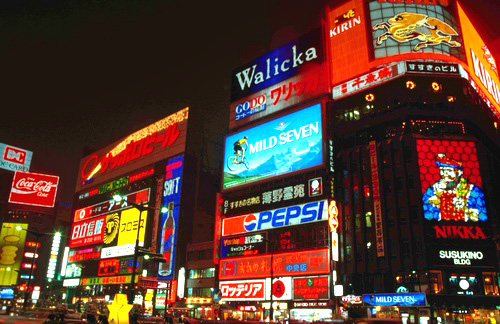
Moving on to Osaka, Japan's second largest city and Tokyo's fierce rival, you'll find another spectacular tableau of pulsating neon. Shinsaibashi in Osaka's city center comes alive every evening with flickering, ever-changing panoplies of glowing neon light in every imaginable shade:
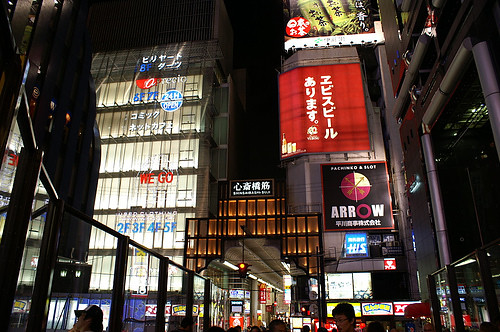
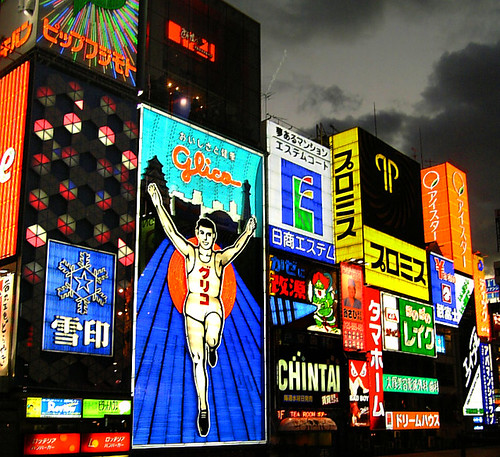
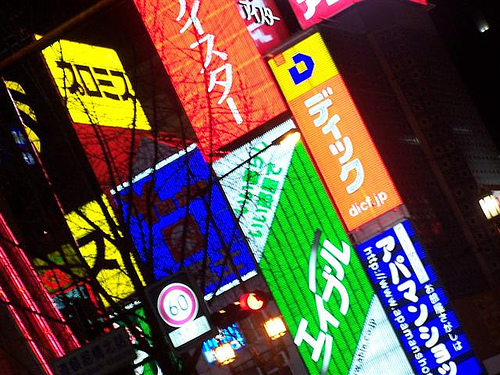
What's more, these displays extend skyward for nearly 10 stories! This is a distinguishing feature of Japanese neon advertising: not a whole lot at street level, but look up to be amazed and entranced!


0 comments:
Post a Comment